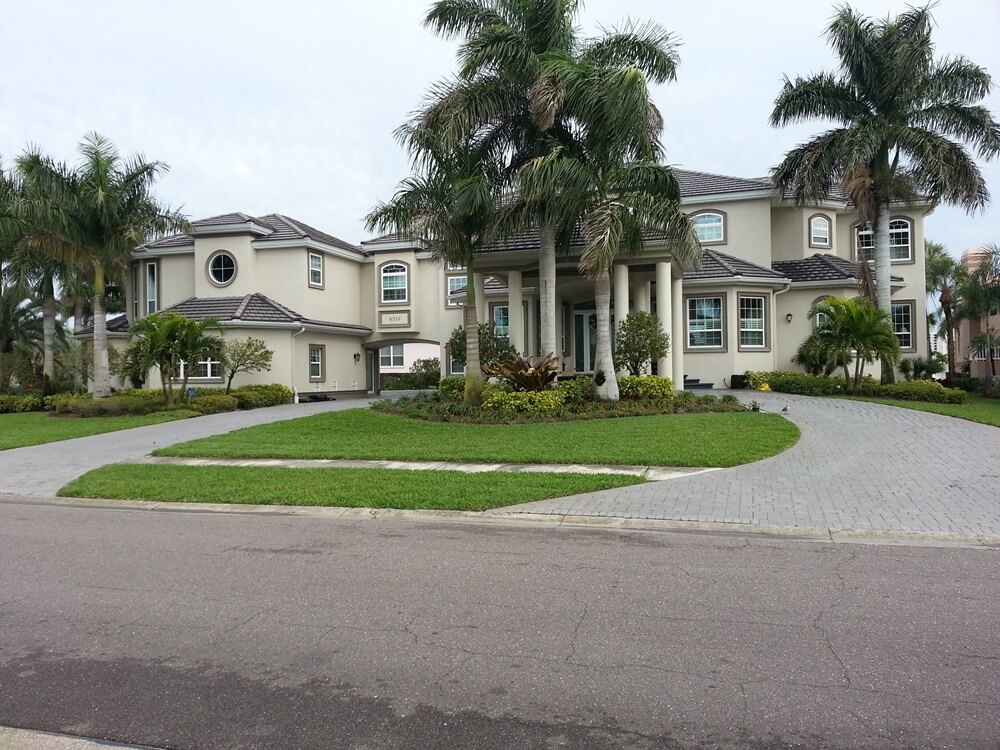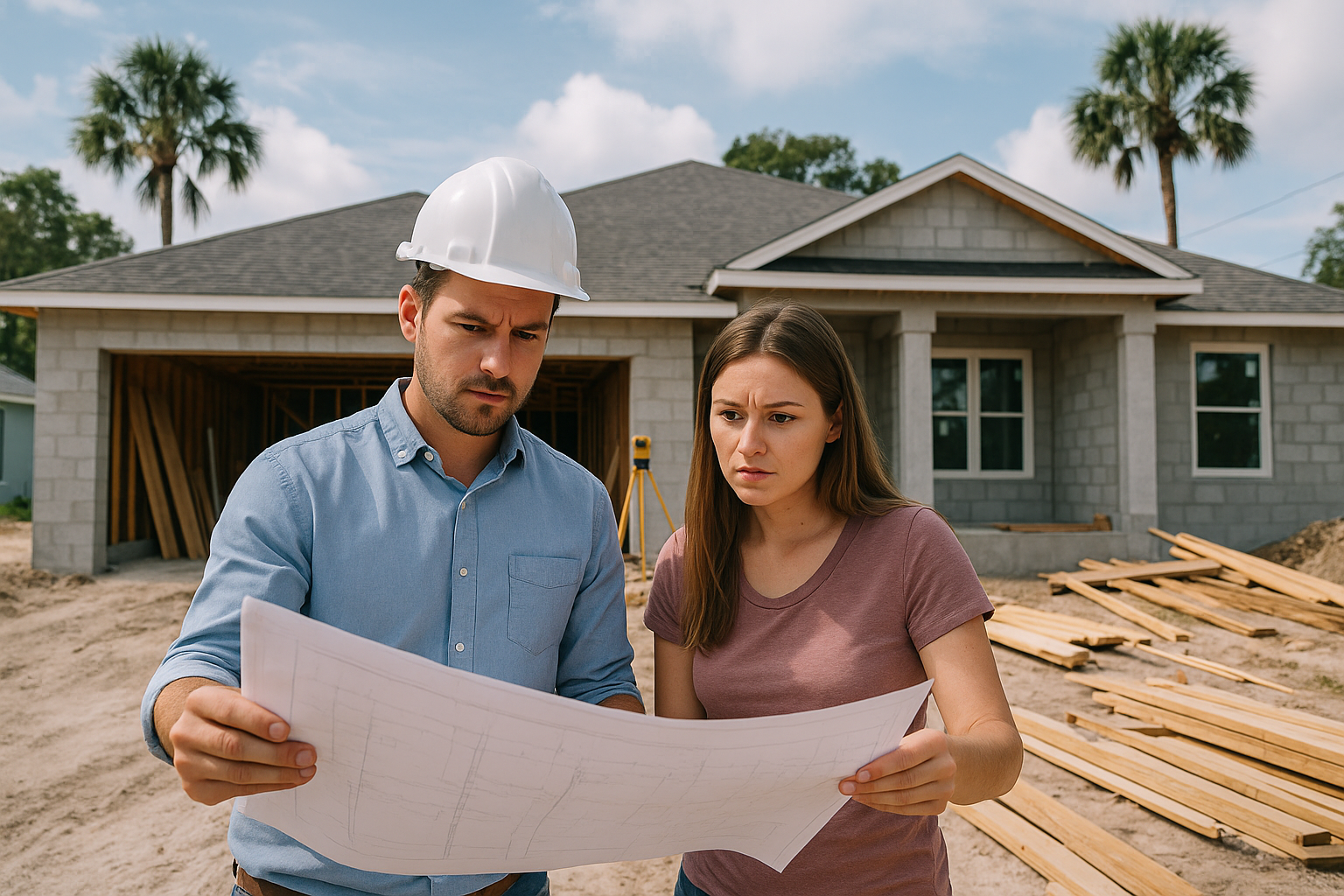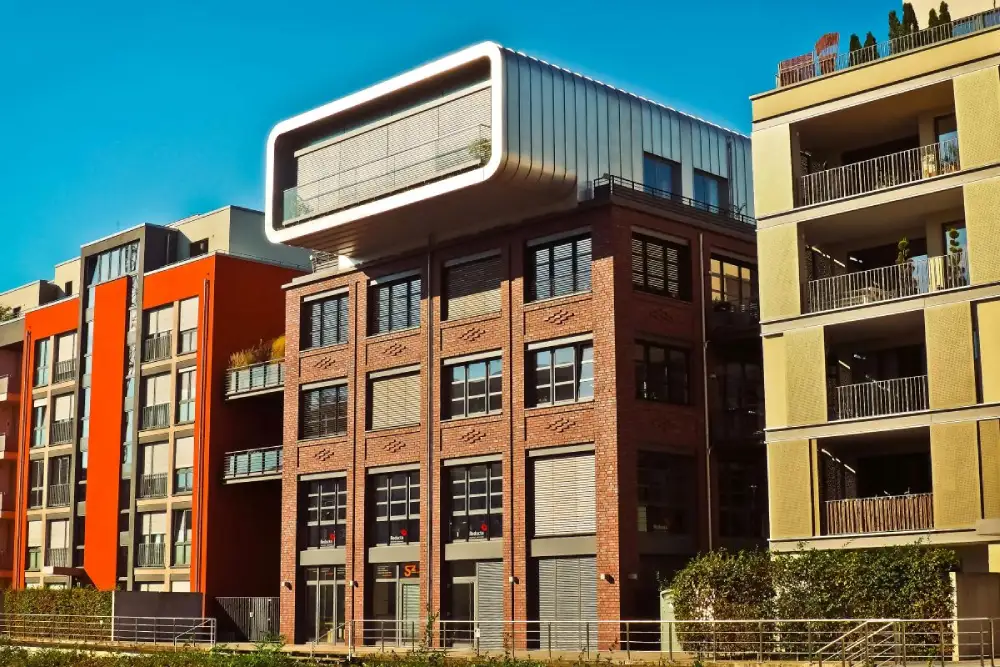By using our website, you agree to the use of cookies as described in our Cookie Policy
a
Rss Feed
How Gators, Bears, and Bugs Shape the Way Florida Homes Are Built
Florida’s natural beauty comes with unique challenges. The state’s wild residents—alligators, black bears, and swarms of insects—aren’t just part of the scenery. They directly impact the way Florida homes are built. These animals shape everything from foundation design to material selection, and it’s perfectly normal to have questions about this as a homeowner. If you’re planning to build or buy in Florida, it pays to understand how these creatures influence residential construction.
Moving In with Wildlife in Mind
Before the first box is unpacked, wildlife can already affect your move. Some properties border wetlands, wooded areas, or canals where wild animals roam. When moving into a home in such an environment, you need a moving team that understands how to navigate these risks.
For example, movers should avoid blocking drainage ditches that protect the home from alligator intrusion. They should also be careful not to leave doors or gates open, which can let in raccoons or snakes. Some neighborhoods have rules about food waste during moves to avoid attracting bears or pests.
It’s not just about what movers carry—it’s how they move. Trucks should avoid disturbing natural vegetation or nesting areas. Equipment should be kept clear of utility lines and irrigation systems that are often positioned with wildlife deterrence in mind. The wrong step can damage a carefully planned barrier system that took months to install.
Local companies know all this. For instance, the folks at Anywhere, Anytime Moving & Storage only hire movers with relevant local experience, which helps minimize disruption. Their team knows how to work in Florida’s more sensitive zones. This level of awareness matters more than many homeowners realize, especially when wildlife concerns are built into local regulations. A smooth move starts with respecting the environment around your new home.
Alligators and Water Management
Alligators aren’t just a rural problem for houses by the water. They show up in suburban retention ponds, golf course lakes, and drainage canals. Builders in Florida must account for these reptiles from the beginning. Safety standards and zoning laws often require physical barriers to keep gators out of residential areas.
Fences near water must be tall enough and secure enough to prevent gator crossings. In some places, developers must leave a certain distance between bodies of water and habitable structures. This space acts as a buffer zone, reducing the risk of unwanted visits.
Water management systems also influence the way Florida homes are built. Sloped yards, retention basins, and proper runoff drainage aren’t just about flood prevention—they also help discourage alligators from settling in too close. By keeping water flowing and preventing stagnation, homeowners can reduce the chances of gator encounters.
Bears and Structural Safety
Florida black bears are more active than many newcomers expect. As development spreads into previously wild areas with additional spatial and energy needs, bear sightings have become more common in residential neighborhoods. This has changed how builders approach home security and structural planning.
One of the biggest concerns is trash storage. Bears are strong and clever, and they’ll rip through most standard garbage bins. In areas where bears are present, homes often include reinforced trash enclosures or secure outdoor storage rooms. Some communities require bear-proof cans as part of their waste management programs.
Homes also need secure entry points. Builders use tighter-fitting attic vents, sealed crawlspaces, and impact-resistant doors to help keep curious wildlife out. These features improve safety and reduce costly repairs after an encounter. They’ve become a standard part of the way Florida homes are built in bear-prone regions.
Insects and Material Selection
Florida’s warm, humid climate is ideal for bugs. Unfortunately, that includes wood-destroying insects like termites and carpenter ants, as well as annoying pests like mosquitoes and palmetto bugs. Builders must choose materials and finishes that can resist or limit insect damage.
Pressure-treated lumber is often used for framing and exterior structures like decks. This type of wood resists termite damage and holds up better in wet conditions. Steel flashing, concrete slabs, and vinyl cladding are also common in Florida builds for this reason.
Construction planning doesn’t stop at wood choice. Many homes are built with integrated pest management strategies from day one. This can include soil pretreatment for termites, mesh-covered vents, and the installation of vapor barriers to control moisture—a major attractant for bugs. These aren’t extras; they’re standard measures in most new builds across the state.
Sealing is another key focus. Caulking, tight joints, and overlapping materials make it harder for insects to sneak into walls or attics. On the exterior, mosquito screens and well-designed drainage help reduce standing water and the bugs that come with it.
Bugs might not seem as dramatic as bears or gators, but they do lasting damage when ignored. Pest resistance is one of the most practical forces shaping the way Florida homes are built today.
Designing for All Three
Many homeowners face multiple wildlife concerns on the same property. That’s why smart home design takes an integrated approach. It starts with the site plan. Homes should be built with elevation in mind to prevent flooding and reduce access for ground-level critters.
Screened porches provide outdoor space without the bugs. Enclosed patios also keep raccoons and possums out. In some cases, homes are designed with no exposed crawlspaces at all, minimizing hidden entry points.
Fencing and landscaping choices also play a role. Thorny shrubs can discourage climbing animals. Motion-activated lights or sprinklers may keep nighttime visitors away. Builders often plan for these systems during construction, especially in areas near preserves or water features.
By thinking about all three threats at once—gators, bears, and bugs—builders create safer, longer-lasting homes. These design decisions might not be obvious at first glance, but they’re a big part of the way Florida homes are built.
Building Smart for a Wild State
Wildlife concerns aren’t an afterthought in Florida—they’re a starting point. From how you move into your home to the materials holding up your walls, everything connects to the natural environment. Florida builders know this, and they’ve adapted methods that prioritize safety, comfort, and long-term resilience.
Whether you're moving into an existing property or building from scratch, it pays to work with people who understand the local challenges. Look for builders who include pest resistance, wildlife barriers, and secure storage in their plans. These aren’t just upgrades—they’re essential for peace of mind.
The way Florida homes are built reflects the need to live with, not against, the state’s wild side. The animals aren’t going anywhere, but with the right choices, neither are you.
Photo: https://www.pexels.com/photo/alligator-near-water-plant-on-body-of-water-1360123/
‹ Back






.png)
